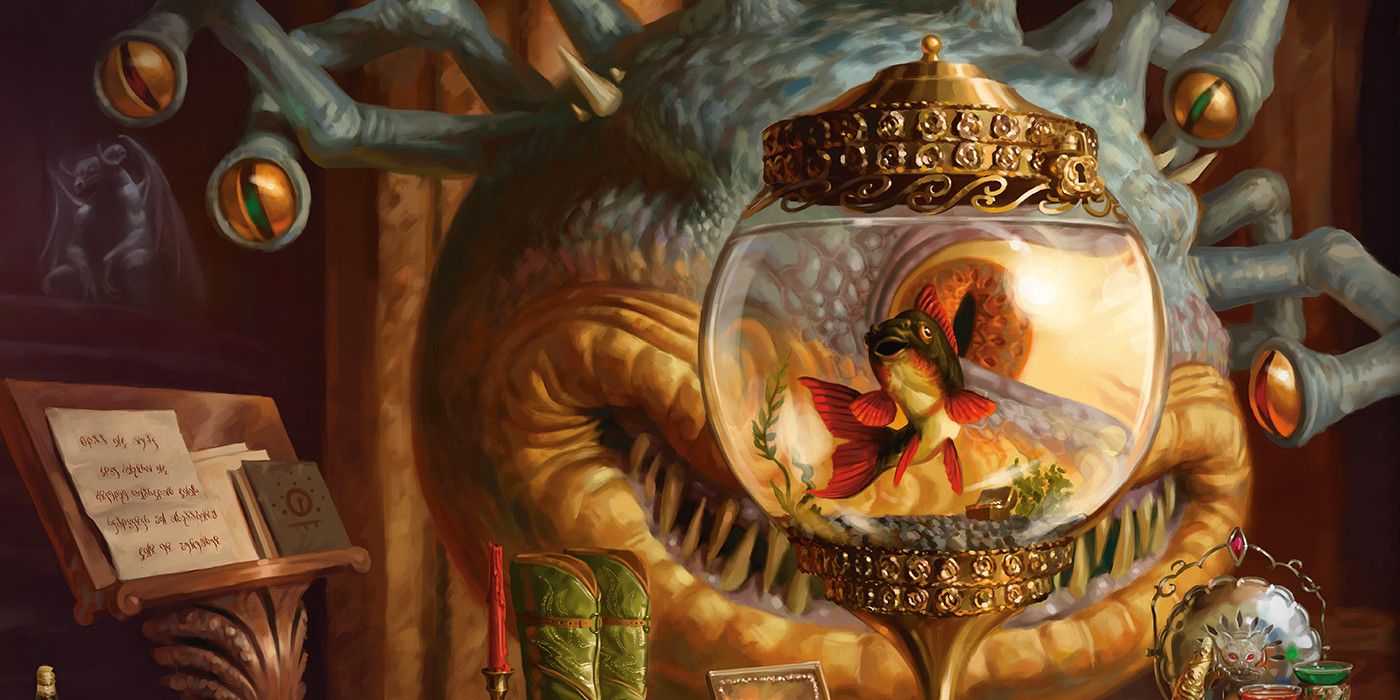
Dungeons and Dragons tends to undergo drastic changes with each new edition, but a few elements of the game usually stay the same. Beholders always return in some form or fashion, most of the core classes make an appearance, and the game's most iconic spells are reliably listed at the back of the Player's Handbook. While wizards can count on seeing mainstays like Magic Missle and Burning Hands, there are always a handful of spells with names in front of them. Bigby's Hand and Tenser's Floating Disk are two such spells, and they've been a part of Dungeons and Dragons since the game's earliest iterations.
These spells are named after the wizards who invented them, and many of them were the actual characters of DnD's very first players. Their spells serve as a living monument to the people who made the game what it is today, ensuring that fans will know their stories for generations to come.
RELATED: Dungeons and Dragons: What is a Feat Worth?
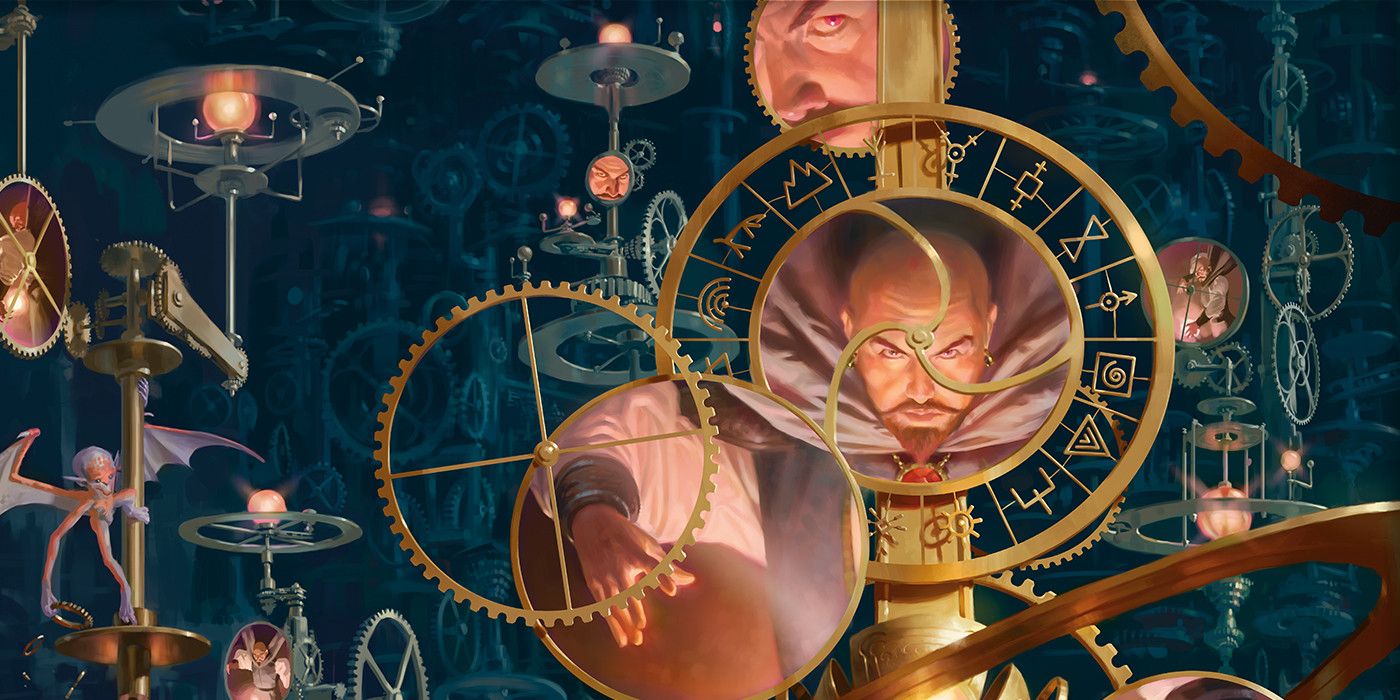
Mordenkainen is likely one of the best-known characters on this list, having appeared in Mordenkainen's Tome of Foes as well as a few recent adventures. Originally hailing from the Greyhawk setting, the famous wizard was the player character of Dungeons and Dragons creator Gary Gygax. As one of the most powerful mages the game has ever seen, Mordenkainen is capable of traveling between planes and campaign settings. He's also appeared in the Forgotten Realms, where several powerful spells are still named after him. Though many of his creations didn't make it to fifth edition Dungeons and Dragons, a few spells like Mordenkainen's Sword and Mordenkainen's Faithful Hound remain.
Mordenkainen is a founding member and leader of the Circle of Eight, a council of powerful mages which includes some of the other wizards featured on this list. The Circle of Eight arose as part of Gygax's home game of DnD, serving as another example of the game's lore arising organically through play.
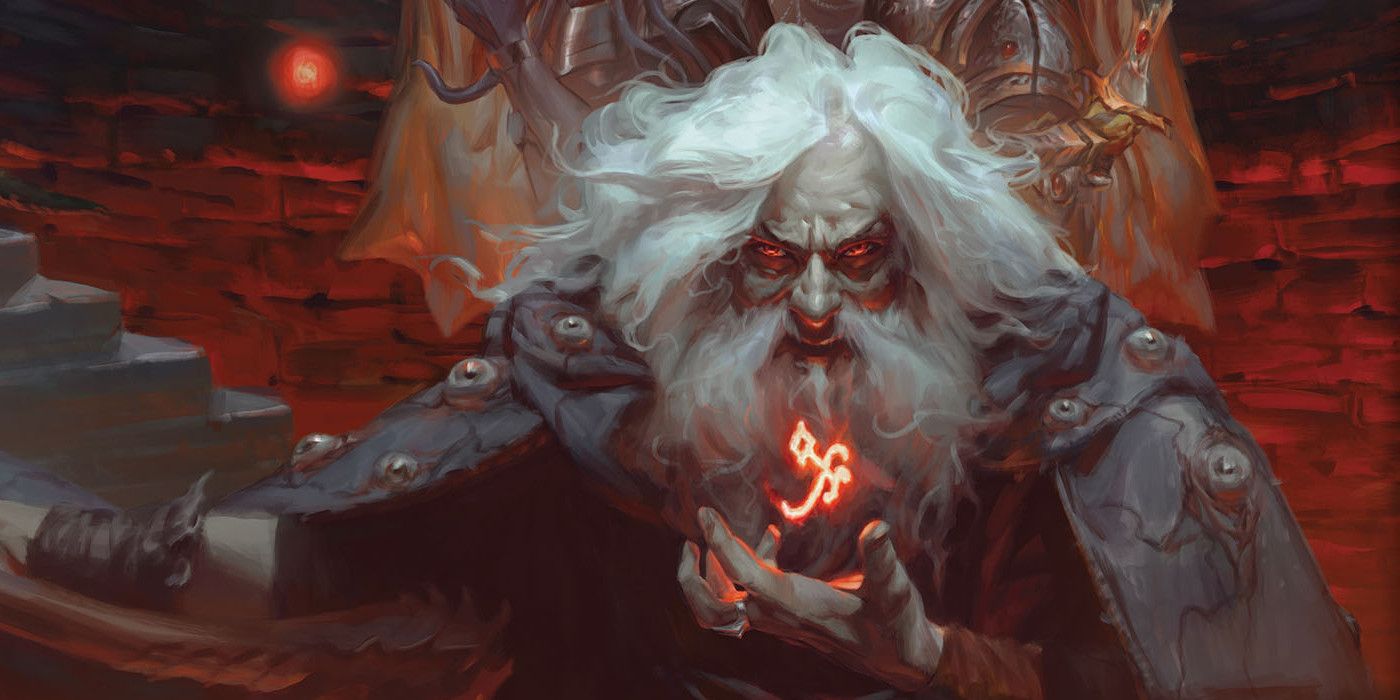
Tenser was one of the first player characters to ever explore the world of Dungeons and Dragons, back when Gygax was still developing the game by playing with his children. The character is best known for the spell Tenser's Floating Disk, which conjures a magical plane of force that's capable of lifting up to 500 pounds in weight.
The inspiration for the spell came from one of Gygax's first playtests, in which his children found a hoard of copper coins that was too heavy for their characters to carry. Lorewise, Tenser was a late addition to the Circle of Eight and appeared in a few official DnD adventures.
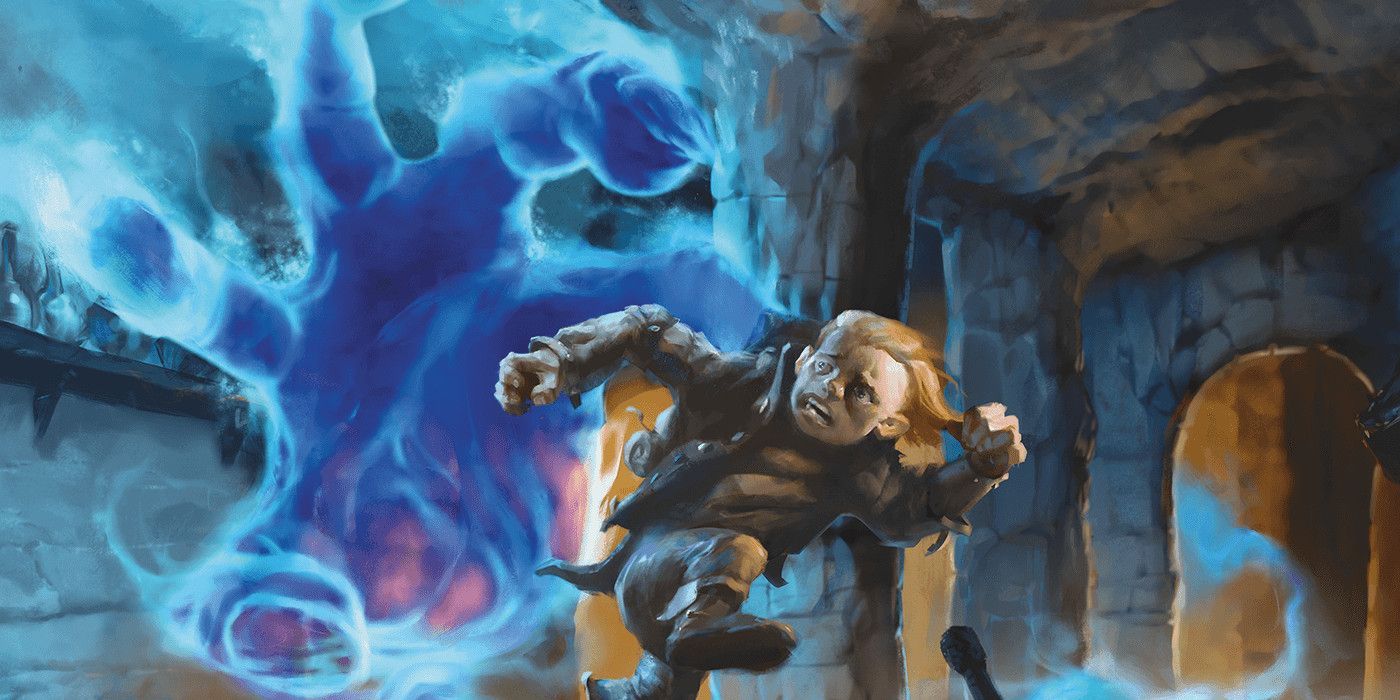
Bigby is most famous for the series of Bigby's Hand spells that have appeared throughout the history of Dungeons and Dragons, which quite literally summon a gigantic, magical hand for wizards to control. Though the effect appears as a single spell in 5E, it actually used to be a collection of spells capable of producing specific effects. Bigby's Clenched Fist, Bigby's Crushing Hand, and Bigby's Interposing Hand were all separate spells in previous editions of the game, painting the picture of a wizard who found his niche early on and spent the rest of his career focusing on hands.
Bigby was originally created by Robert J. Kuntz, a friend of Gygax and an author of many Dungeons and Dragons products. Kuntz was running a game for Gygax and introduced Bigby, who was meant to be a villain. Gygax was playing as Mordenkainen, who convinced Bigby to become his apprentice. Bigby quickly became one of the most powerful wizards in Greyhawk, second only to his mentor, and joined Mordenkainen in founding the Circle of Eight.
RELATED: Best Third Party Books for D&D 5e, Ranked
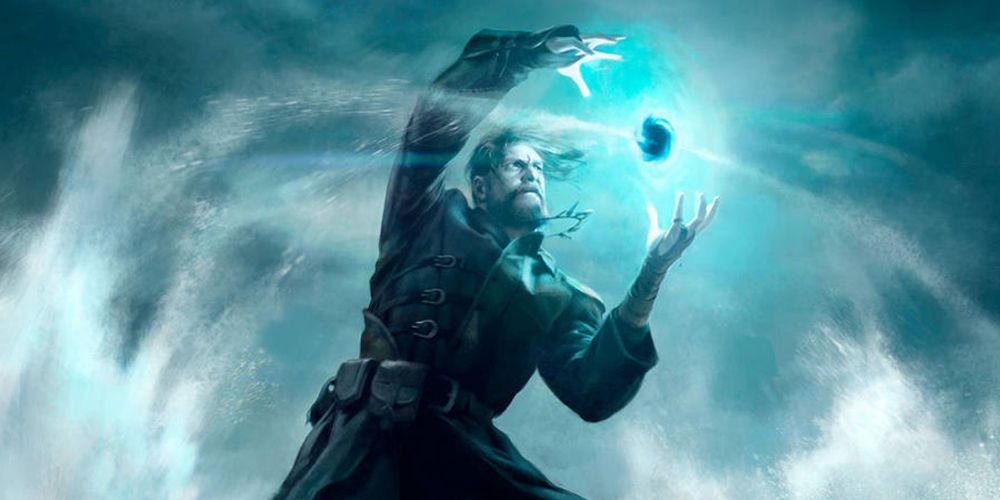
Also known as Prince Brightflame, Melf was an elven wizard played by another of Gary Gygax's children. There aren't too many spells named after the character, but Melf's Acid Arrow and Melf's Minute Meteors are two of the most famous. Melf remains a prominent figure in the history of Greyhawk, and though he was never an official member of the Circle of Eight, he worked closely with Mordenkainen.
It was never intended to name the wizard Melf—in fact, the character's name didn't come about at all, until he was played. During the first session of Dungeons and Dragons for one of Gygax's children, the only thing written at the top of a son's character sheet was "M Elf," which was meant to be short for "male elf." The rest is obvious.
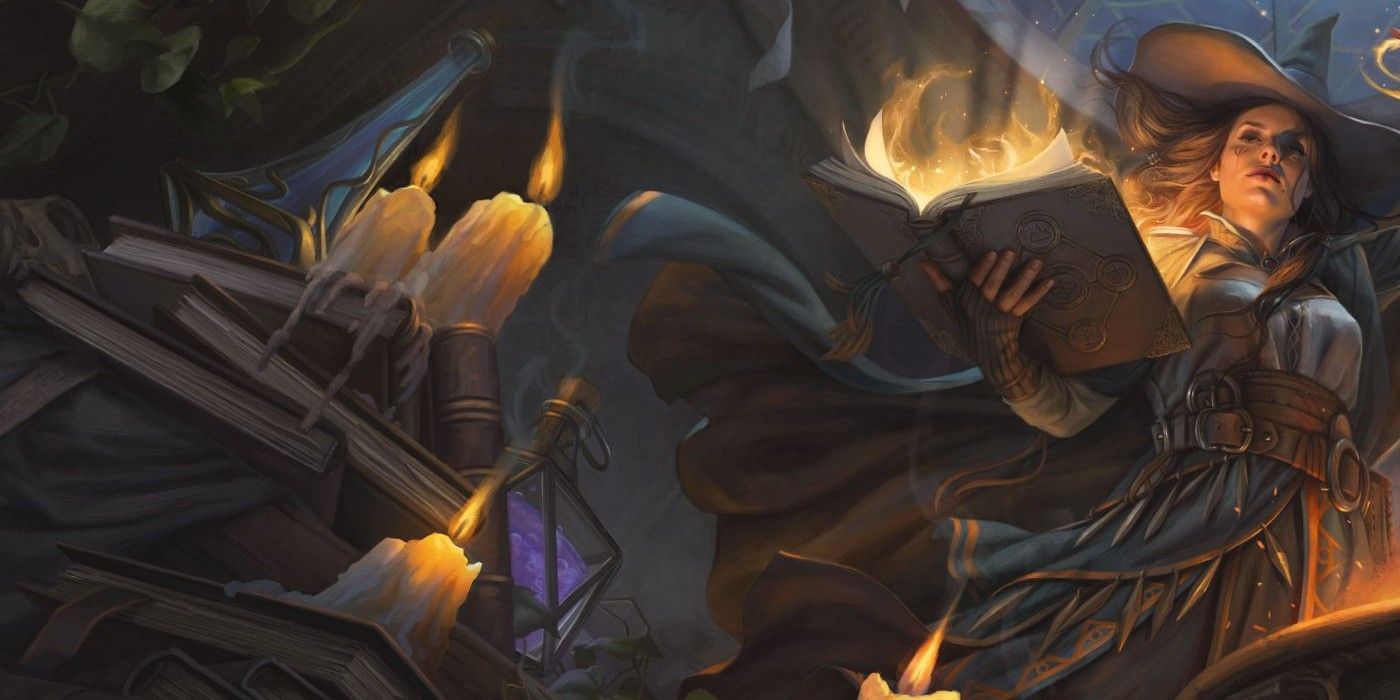
In terms of when she was created, Tasha is considerably younger than the other characters here. She first appeared in a 1982 adventure penned by Gygax called The Lost Caverns of Tsojcanth and was later established as the adopted daughter of the witch Baba Yaga. Tasha later become known as Iggwilv the Witch Queen, and is believed to be as powerful as Mordenkainen.
Dungeons and Dragons players are probably most familiar with the spell Tasha's Hideous Laughter, which can cause a creature to laugh uncontrollably for up to a minute. Tasha was also the titular narrator of last year's rulebook Tasha's Cauldron of Everything, which brought a bevy of new spells, subclasses, and abilities to DnD.
She might also be a character in an upcoming adventure. Volo, Xanathar, and Mordenkainen all appeared in adventures following the release of rulebooks named after them, so it wouldn't be surprising for Wizards of the Coast to continue the trend. Van Richten's Guide to Ravenloft will likely feature Baba Yaga in some capacity when it comes out next month, so it wouldn't be surprising for Tasha to make an appearance.
Dungeons and Dragons has a storied history that reflects not only the imagination of its creators, but the ingenuity of its players. The exploits of DnD's most prominent characters continue to affect the game today, making it feel like a gateway to a living, breathing world.
Dungeons and Dragons is available now in pen-and-paper format.
MORE: Dungeons and Dragons: The Case for and Against Releasing 6e

